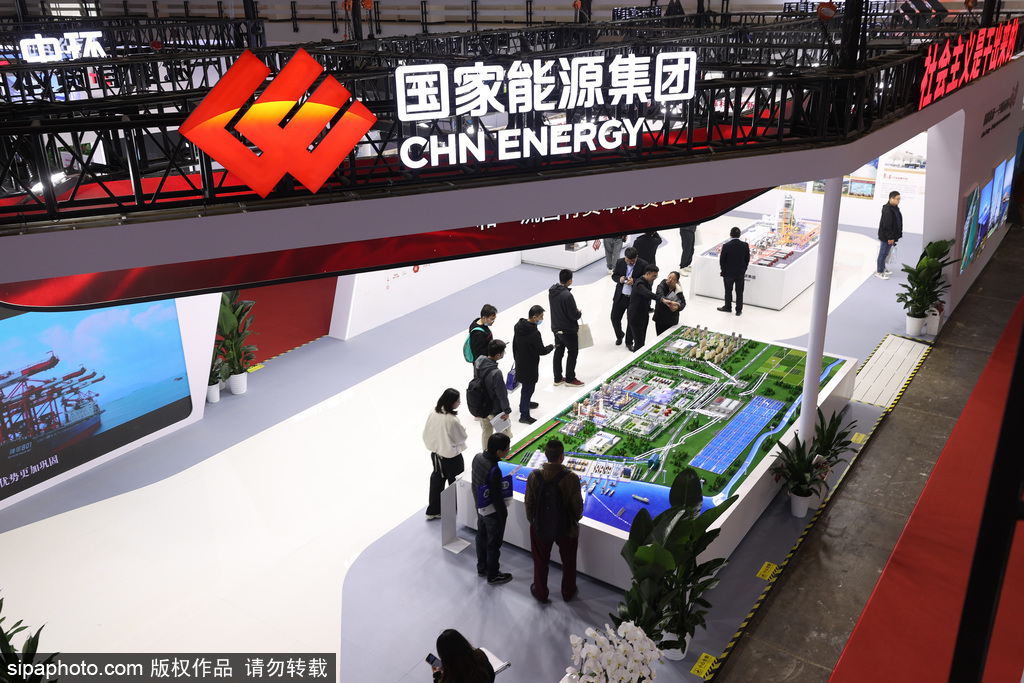Clean Energy, 清洁能源 qīng jié néng yuán

Clean energy, also known as green energy, refers to energy sources that do not emit pollutants and can be directly used for production and daily life. It includes nuclear energy and "renewable energy."
In recent years, China's new energy industry has developed rapidly, with related international cooperation accelerating. "Chinese green technology is driving global energy transformation," "China plays an important role in leading the world towards sustainable development goals," and "Chinese new energy vehicles demonstrate outstanding performance in environmental protection" are some of the key points. The international community continues to pay attention to the development of China's new energy industry, recognizing China's significant contributions to global green and low-carbon transformation. China has become a key driver in the world's energy development transformation and response to climate change.
China's new energy industry has made significant contributions to global emissions reduction. Since proposing the "dual carbon" goal in 2020, China has steadfastly fulfilled its commitments, accelerating the transformation of its energy structure and promoting the leapfrog development of renewable energy. According to a report by the International Energy Agency, in 2023, global installed capacity of renewable energy increased by 510 million kilowatts, with China contributing more than half, making a huge contribution to global renewable energy electricity growth. Chinese wind and photovoltaic products have been exported to over 200 countries and regions worldwide, helping many developing countries access clean, reliable, and affordable energy. In 2022, China's renewable energy electricity generation was equivalent to reducing domestic carbon dioxide emissions by approximately 2.26 billion tons, while exported wind and photovoltaic products helped other countries reduce carbon dioxide emissions by approximately 573 million tons, totaling over 2.8 billion tons of emissions reduction, accounting for about 41% of the global equivalent carbon dioxide emissions reduction from renewable energy during the same period.



